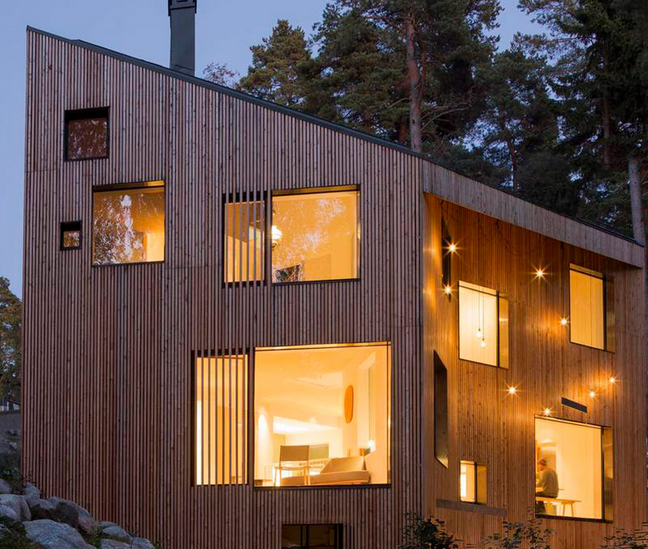Creating a cosy and inviting home involves thoughtful architectural design that prioritizes comfort, warmth, and a welcoming atmosphere. Architects play a crucial role in shaping the built environment to provide a sense of refuge and relaxation. By considering key design elements and spatial strategies, they can create residential spaces that evoke a feeling of cosiness and comfort.

Here are some architectural tips for designing comfortable and inviting homes:
Natural Light and Ventilation
Incorporating ample natural light and ventilation into residential spaces enhances the sense of openness and connection to the outdoors. Strategic placement of windows, skylights, and glass doors allows for the diffusion of natural light, creating a bright and inviting interior ambience.
Warm and Earthy Materials
Using natural and tactile materials such as wood, stone, and brick adds a layer of warmth and comfort to the living environment. These materials can be incorporated into flooring, wall finishes, and furniture to evoke a sense of cosiness and a connection to nature.
Functional and Focused Layouts
Architectural design should focus on creating functional, well-organized layouts that are tailored to the needs and activities of residents. Thoughtful space planning that optimizes traffic flow and provides clear sight lines contributes to a sense of comfort and ease of movement within the home.
Intimate Scaled Spaces
Architectural interventions such as alcoves, nooks, and cosy corners can create intimate, human-scaled spaces that invite relaxation and contemplation. These nooks can provide retreats for reading, lounging, or quiet reflection within the home.
Hearth and Gathering Spaces
Designing spaces centred around hearths, fireplaces, or communal gathering areas fosters a sense of warmth and conviviality. Architectural features that encourage social interaction and communal activities contribute to a comfortable and inviting atmosphere within the home.
Personalization and Flexibility
An architectural design that allows for personalization and adaptability enables residents to make the space their own. Incorporating flexible design elements that cater to individual preferences and lifestyle needs fosters a sense of comfort and a feeling of belonging within the home.
Transitional Indoor-Outdoor Spaces
Blurring the boundaries between indoor and outdoor areas through features such as terraces, balconies, or courtyards creates a seamless connection to nature and promotes a relaxed, welcoming atmosphere within the home.
Privacy and Secrecy
Providing private spaces and sanctuaries within the home, such as secluded reading areas or concealed retreats, adds an element of comfort and security for residents to unwind and recharge.
Conclusion
By prioritizing these architectural tips, designers can create residential spaces that prioritize comfort and cosiness, providing a welcoming and nurturing environment for residents to call home. These design strategies contribute to the creation of spaces that cater to both physical and emotional needs, fostering a sense of well-being and contentment within the built environment.
